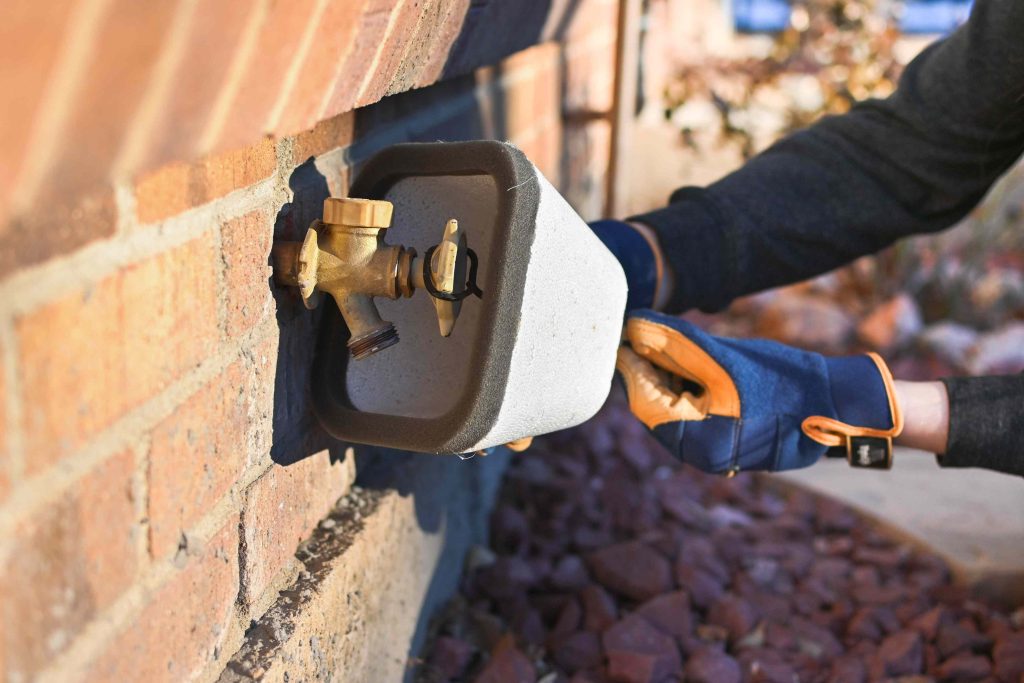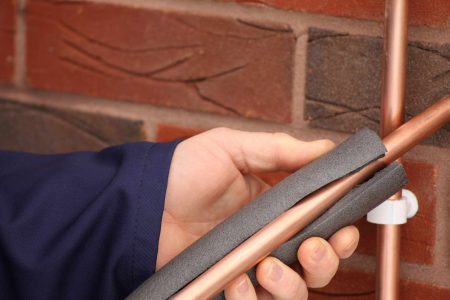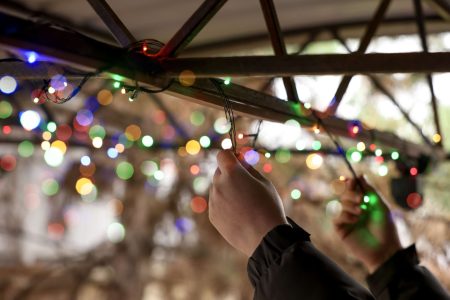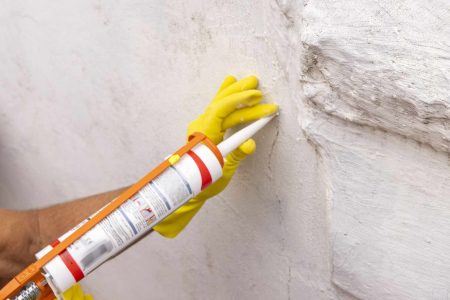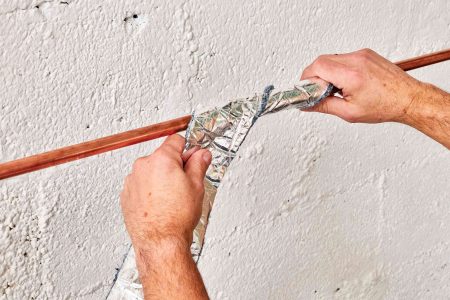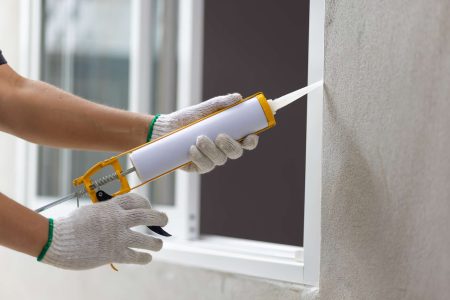Key Points
- November is the final window to tackle home maintenance tasks before winter.
- Cold and snow complicate repairs, so it’s best to do them during November.
- Shutting down exterior water sources is the most important task to do in November.
November is your last chance to inspect your home and make repairs before harsh winter weather sets in. Gutters, roofing, doors, and window wells are more difficult to clean or repair when they are frozen.
“November is the final calm moment before nature starts throwing attitude,” says general contractor and real estate investor Jackie Coffey. “If you skip November prep, your house will absolutely tell you.”
We asked home improvement pros which task they always do in November, and other fast, simple projects that will save you from nail-biting drama in the winter.
Meet the Expert
-
Sam Brubaker is a home improvement expert with Great Day Improvements.
-
Dan Thrasher is the CEO of Thrasher Foundation Repair.
-
Jackie Coffey is a general contractor and real estate investor.
Want more home reno project tips and inspiration? Sign up for our free daily newsletter for the latest how-tos, reno guides, and more!
Don’t Miss
How to Shut Off Exterior Water
The one task our experts said they prioritize above all else is shutting off the exterior water.
In the winter, outdoor water sources, like faucets, hoses, and sprinklers may freeze and burst. If this happens, not only will the outside flood, but the inside, as well. The water for outdoor faucets typically originates from pipes inside the house, so a burst outdoor pipe often leads to indoor flooding.
Detach hoses from faucets. Drain the hoses and store them in a warm place, like a garage. Hoses left with water in them may crack and burst.
Turn off exterior faucets by rotating the handles clockwise. Tightly shut each faucet by hand, but do not use a wrench. Using a wrench may strip or break the faucet.
About an hour after shutting off the faucets, check each faucet by running your hand along its bottom. Even one drop will slowly accumulate throughout the winter to create a damaging ice sculpture, Coffey says.
Cover each faucet with styrofoam, plastic, or soft nylon faucet covers. Wrap the faucet tightly with the cover. The cover must reach the house’s siding, with no gaps or openings.
Remove standing water in your yard. Include fixtures like bird baths, ponds, and fountains. In most cases, water in pools does not need to be drained. However, it’s always a good idea to cover the pool to prevent ice from forming and to avoid debris from collecting.
Shut down other outdoor water sources, such as lawn irrigation systems, pond pumps, and pool filters. Drain their hoses or pipes. Unplug their electrical power, too.
Other 5-Minute Home Reno Tips for November
- Test window function: Inspect windows by opening and closing them. “Windows must stay tightly shut when temperatures drop in the winter,” says Sam Brubaker, home improvement expert at Great Day Improvements.
- Clean window tracks: While the windows are open, use a shop vacuum to clean the tracks. Use a damp cloth to wipe away any grime the vacuum didn’t remove.
- Inspect windows and doors for drafts: Check window and door tightness. “Close the window or door onto a dollar bill. If it easily slips out, your heat will slip out, too,” Coffey says. Add weatherstripping to windows and doors that have drafts.
- Clean window wells: “Blocked window wells can cause basement flooding,” says Dan Thrasher, the CEO of Thrasher Foundation Repair. Clean window wells with a leaf blower or scoop them out by hand.
- Clean gutters: Clear gutters by hand or with a leaf blower. “Clogged gutters are a serious problem because they lead to water intrusion, foundation problems, and siding damage,” Brubaker says.
- Check gutter water flow: Spray water into the gutters to check the flow. Water should flow out of the bottom of the downspouts. If not, it’s time to clean the gutters and downspouts.
- Check gutter brackets: Walk around the house to inspect the gutter brackets, says Thrasher. “Brackets should be firmly attached to the eaves. Inspect upper-level brackets with an extension ladder.”
- Prevent ice dams: Ice dams form when melted water runs down the roof, collects in the gutters and eaves, and refreezes. “Clean gutters and downspouts to prevent ice dams and water damage to your roof and foundation,” says Thrasher.
- Check roof and siding: Check the roof and siding for leaks. Walk around the house’s perimeter to look for missing or damaged siding. On the roof, check for shingles that have come off or are broken.
- Protect outdoor furniture: Brubaker recommends covering outdoor furniture. Even better is to store furniture in a warm, dry place, such as a garage or outdoor shed.
- Reverse ceiling fan: In the summer, ceiling fans spin counter-clockwise. “Switch your ceiling fan to spin clockwise in winter at low speed to gently push warm air down,” Thrasher says.
Read the full article here



